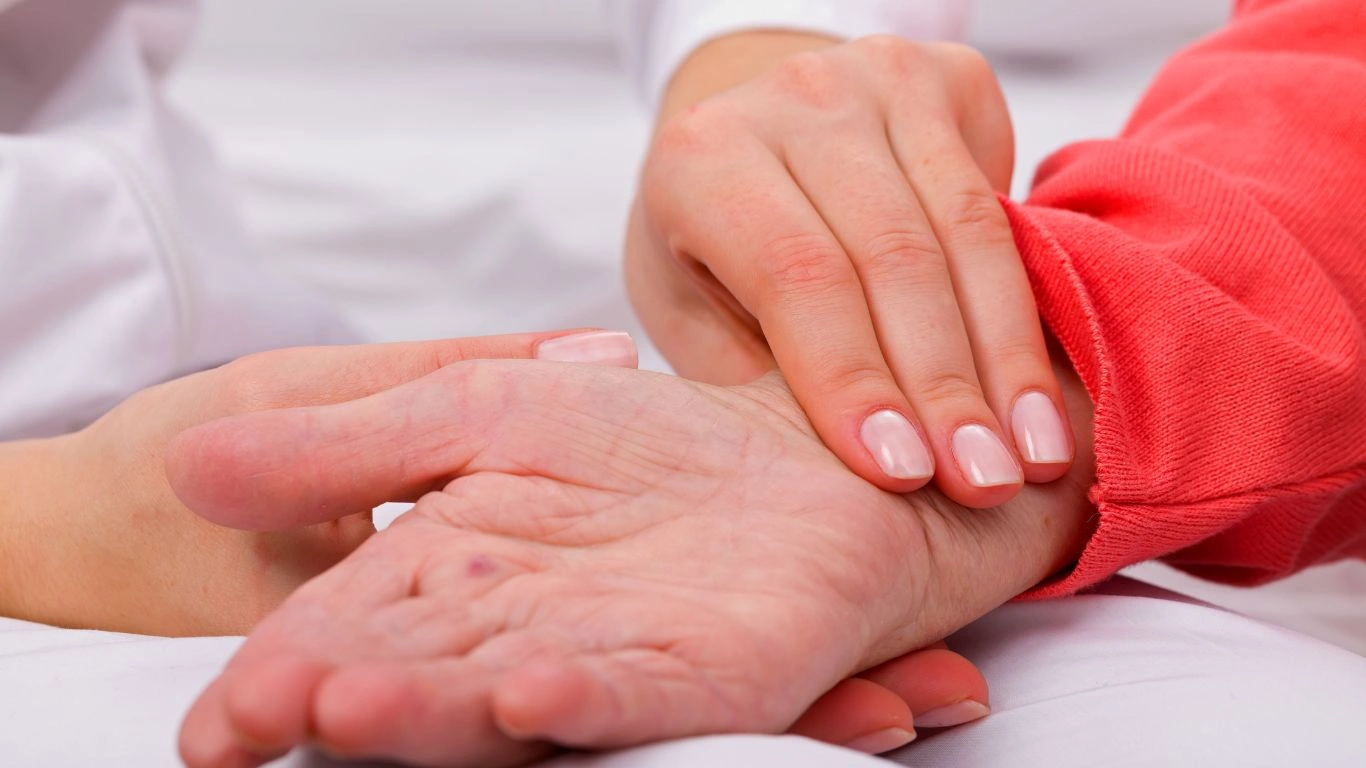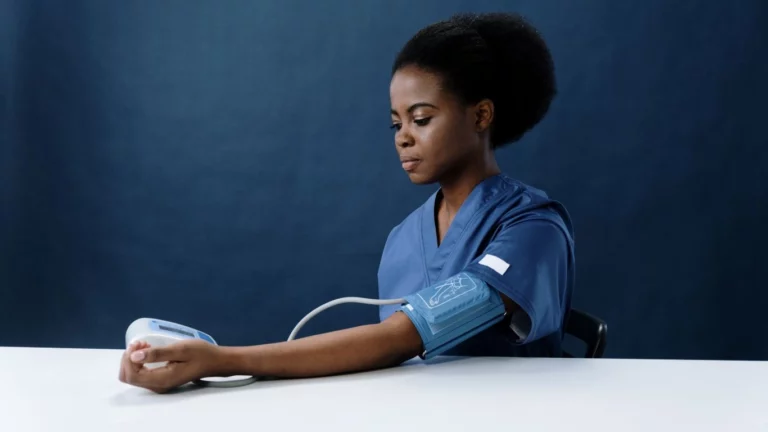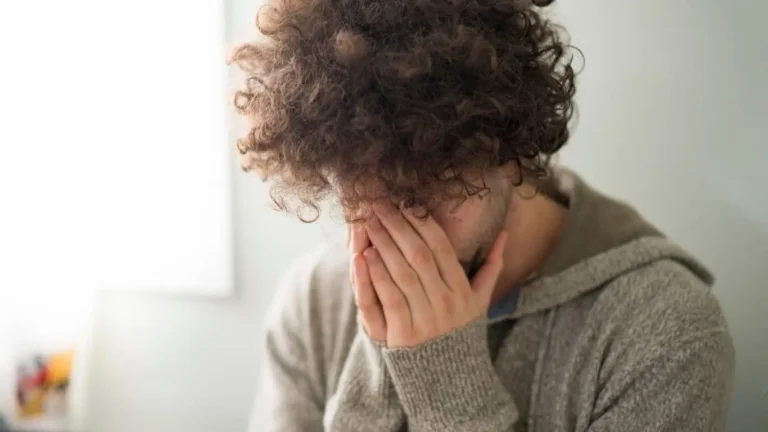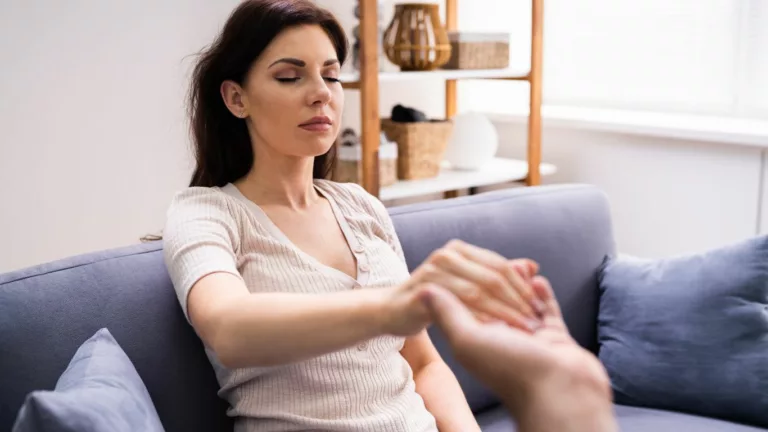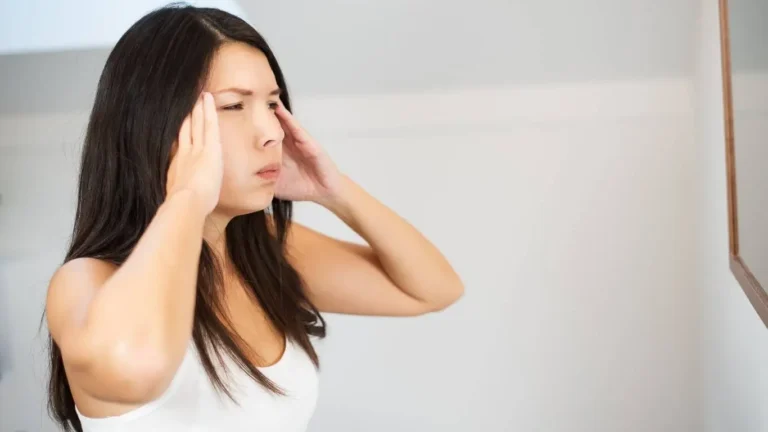Best Home Exercises to Lower Blood Pressure & Boost Heart Health
High blood pressure, or hypertension, is a silent threat that often sneaks up without noticeable symptoms. Over the years, I’ve seen countless patients walk into my office with numbers that worry me, often without realizing the risks. One of the most effective, natural ways to combat high blood pressure? Movement. That’s right—the best home exercises to lower blood pressure can do wonders for your heart health, and the best part? No expensive gym membership required.
When my patients ask for exercise advice, I always recommend starting small but staying consistent. Whether you’re newly diagnosed or looking to keep your BP in check without adding another pill to your routine, certain exercises can make a massive difference. Let’s dive into the best ones.
Why Exercise is a Game-Changer for Blood Pressure
Many people underestimate the power of exercise, but let me tell you—it’s one of the most underutilized prescriptions I write (metaphorically speaking). Here’s why movement is crucial:
- It helps your blood vessels relax and widen, reducing pressure.
- Regular physical activity strengthens your heart, making it pump more efficiently with less effort.
- Exercise reduces stress hormones that can constrict arteries and raise BP.
- It aids in weight management, a key factor in hypertension control.
But not all exercises are created equal. Let’s talk about the best home exercises that have worked for my patients.
1. Brisk Walking – The Simplest Yet Most Effective
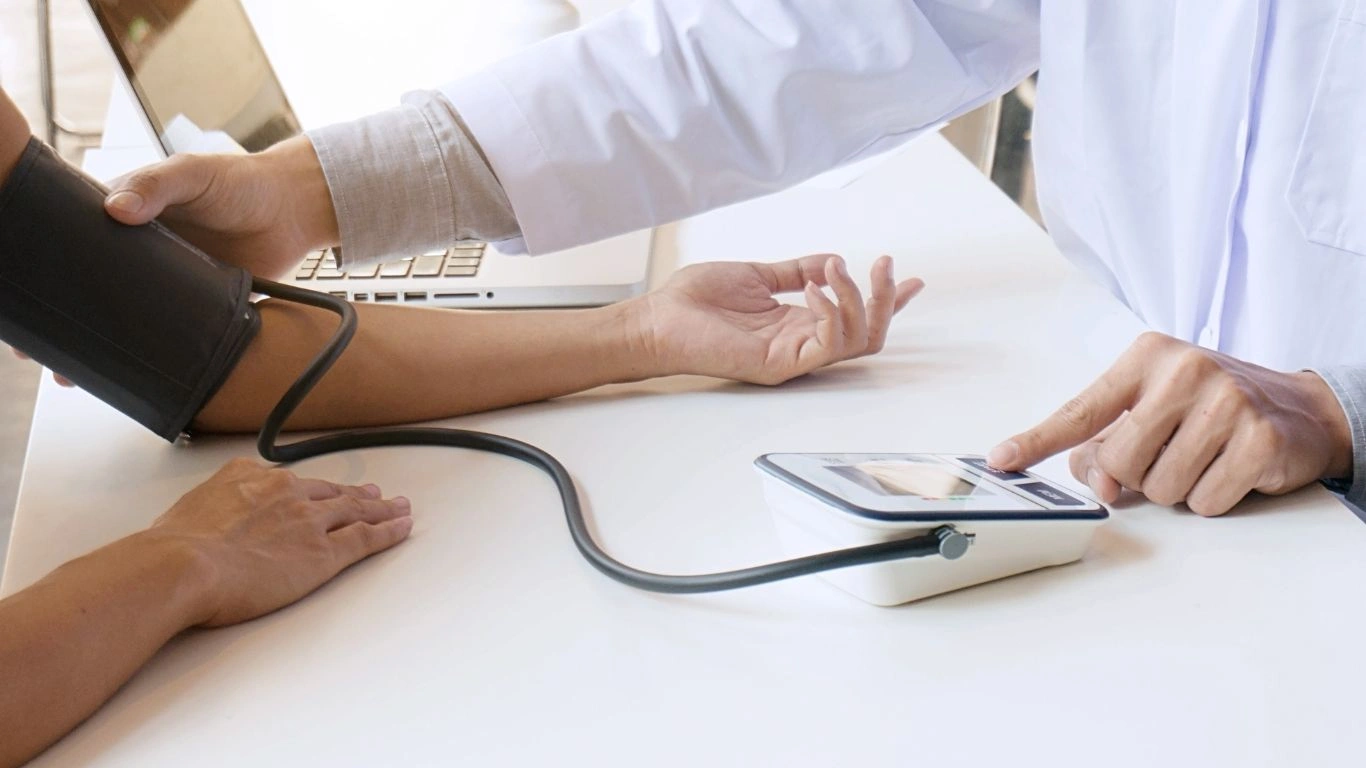
Walking is one of the easiest and most effective exercises for lowering blood pressure. It’s gentle, requires no equipment, and can be adapted to your fitness level. In fact, I often tell my patients, “If you can commit to a 30-minute brisk walk daily, you’re already winning half the battle against hypertension.”
How to Make the Most of It
- Walk at a pace that makes you breathe a little harder, but still allows conversation.
- Aim for at least 150 minutes per week—that’s just 30 minutes, five days a week.
- Take the stairs, park farther away, or do housework briskly if you can’t fit in a dedicated walk.
Walking isn’t just about cardio; it’s also a great way to clear your mind and manage stress, which plays a massive role in blood pressure control.
2. Strength Training – Building Muscle, Lowering BP

Many people assume strength training is only for bodybuilders, but let me bust that myth right now. Light resistance exercises can significantly improve blood pressure by making your muscles more efficient at using oxygen, reducing the workload on your heart.
Simple At-Home Strength Exercises
- Bodyweight Squats: Great for building lower body strength.
- Wall Push-ups: A gentler alternative to traditional push-ups.
- Seated Leg Lifts: Ideal for beginners or those with mobility concerns.
Just 2-3 sessions per week can help, and you don’t need heavy weights—your body weight or resistance bands work just fine.
3. Yoga & Deep Breathing – The Underrated BP Regulators

One thing I’ve noticed in my years of practice is that stress is a huge contributor to high blood pressure. When I suggest yoga or deep breathing, some patients give me a skeptical look at first. But once they try it, they’re hooked.
How Yoga Helps
- It improves flexibility and circulation, easing strain on your heart.
- Breathing exercises activate the parasympathetic nervous system, helping lower BP.
- It reduces stress hormones, which play a major role in hypertension.
If you’re new to yoga, start with simple poses like child’s pose and seated forward bend. Pair it with deep belly breathing, and you’ll feel the difference.
These are just a few of the best home exercises to lower blood pressure, but they work wonders when done consistently. In my practice, I’ve seen patients reduce their BP significantly within just a few months of adding movement into their routine. Stay tuned, because we’re just getting started on the journey to a healthier heart.
4. Dancing – A Fun Way to Lower Blood Pressure
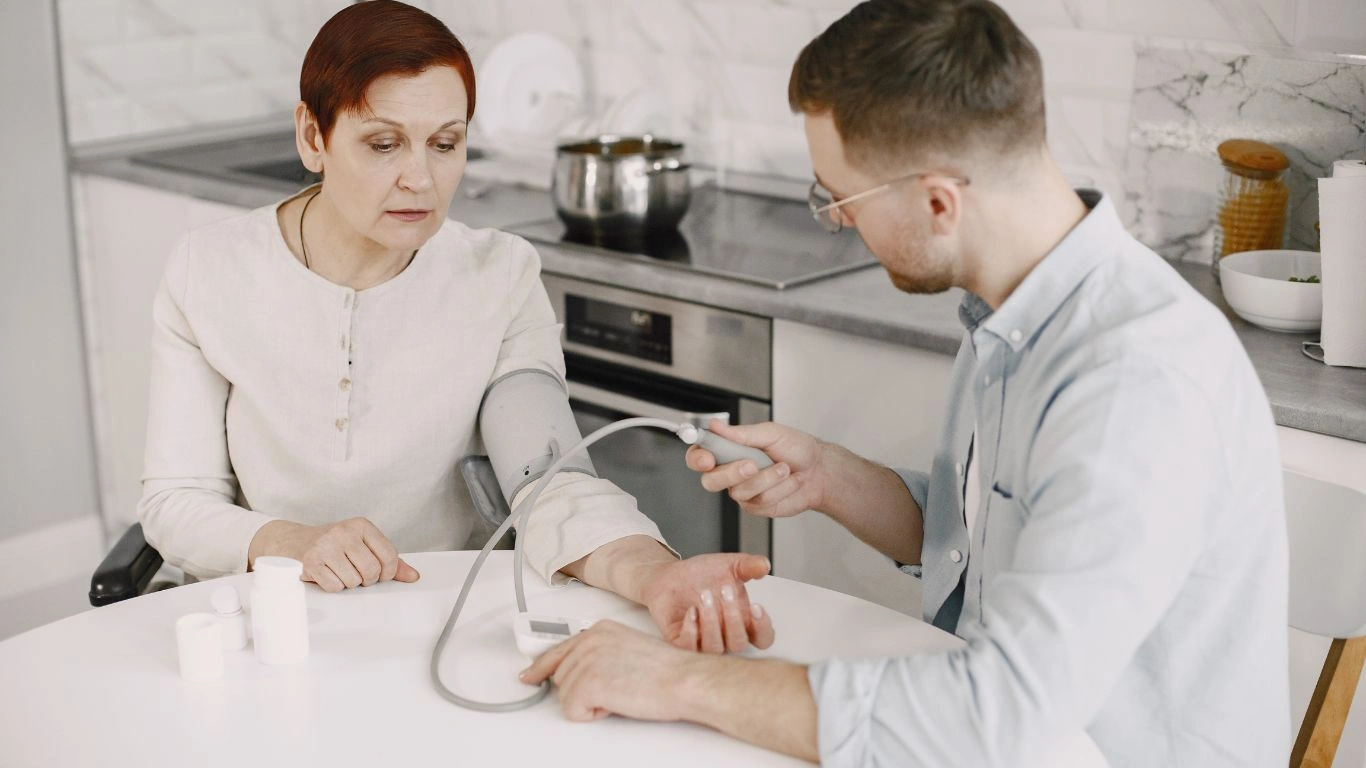
Let’s be honest—not everyone enjoys traditional workouts. If the thought of lifting weights or jogging makes you groan, I have a better idea: dancing. Yes, you heard that right! Dancing is one of the best home exercises to lower blood pressure while having fun. The best part? You don’t even realize you’re working out.
Why Dancing Works Wonders
- It gets your heart pumping without feeling like exercise.
- It improves circulation and helps blood vessels relax.
- It reduces stress and boosts mood—both crucial for managing hypertension.
- It helps with weight control, an important factor in blood pressure regulation.
One of my patients, Linda, in her 60s, started dancing in her living room every evening for 20 minutes. After three months, not only did she feel more energized, but her systolic blood pressure dropped by nearly 10 points. All from just having fun! If you don’t know where to start, put on your favorite playlist and move to the beat. Whether it’s salsa, hip-hop, or even a simple step-touch, it all counts.
5. Jump Rope – A Childhood Favorite with Serious Benefits
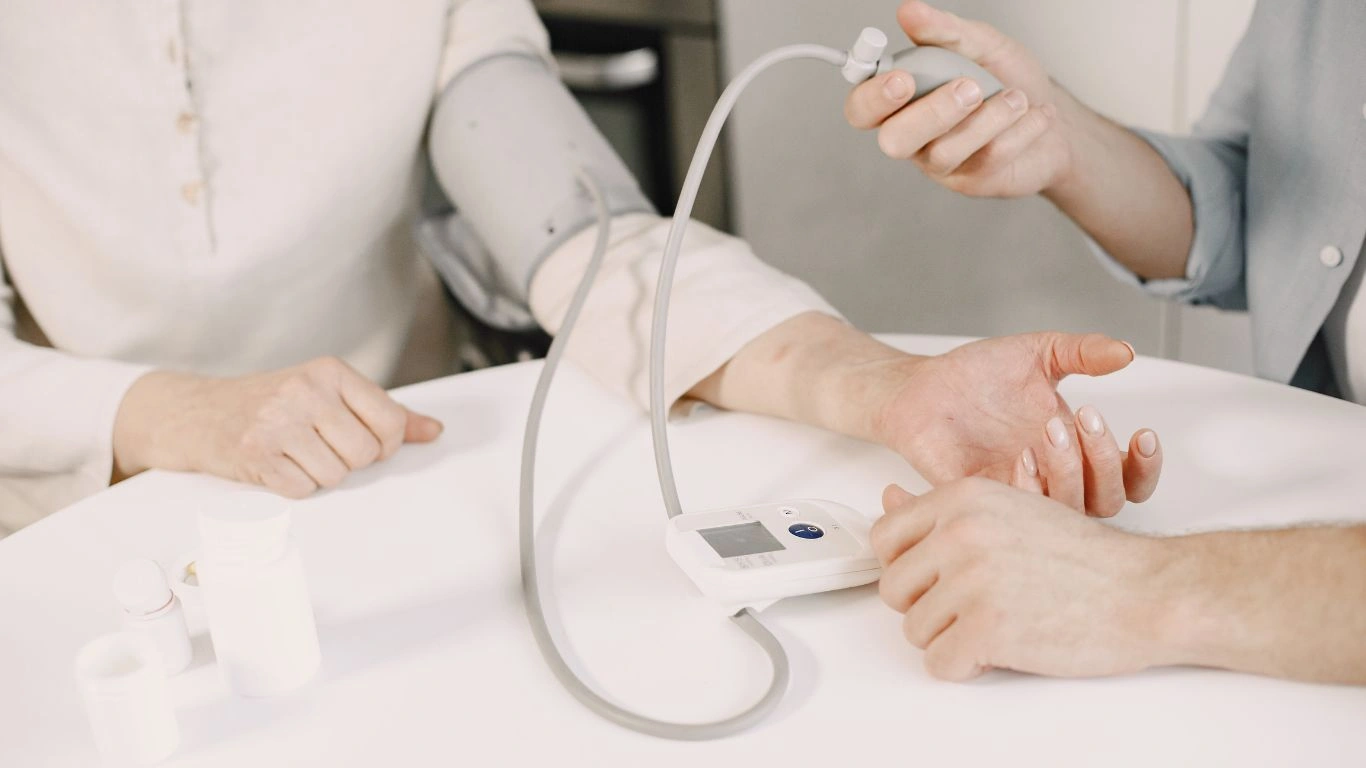
Jumping rope isn’t just for kids. It’s an incredibly effective cardio exercise that can lower blood pressure fast. A quick 5-10 minute jump rope session can be just as effective as a 30-minute jog when done right.
How Jump Rope Helps with Hypertension
- It’s a full-body workout that improves heart efficiency.
- It burns calories fast, helping with weight management.
- It improves blood circulation and reduces arterial stiffness.
- It releases endorphins, which lower stress hormones that contribute to high BP.
Now, I won’t lie—jumping rope can be intense at first. If you haven’t done it in years, start with short intervals. Try 30 seconds of jumping followed by 30 seconds of rest. Repeat for 5-10 minutes. It’s a great way to get your heart rate up without needing a large space.
6. Resistance Band Workouts – Low Impact, Big Results
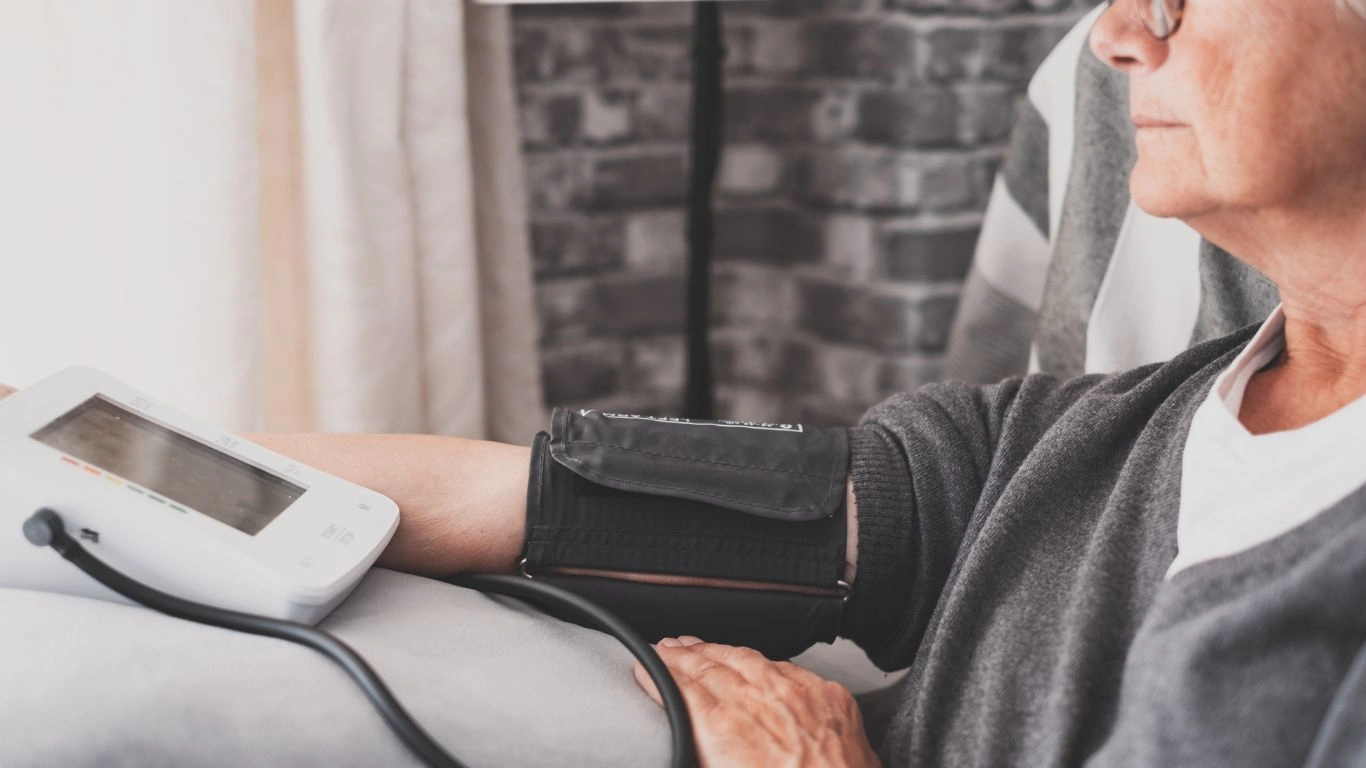
One of the best alternatives to heavy weights? Resistance bands. These stretchy bands are a game-changer, especially for those who want to strengthen their muscles without putting too much strain on their joints.
Why Resistance Bands Work for Blood Pressure
- They help build lean muscle, which naturally supports healthy blood pressure.
- They improve circulation by keeping muscles engaged and oxygenated.
- They’re gentle on joints, making them perfect for all fitness levels.
Some simple resistance band exercises to try:
- Seated Band Rows: Great for improving posture and circulation.
- Standing Leg Lifts: Strengthens lower body muscles while engaging your core.
- Overhead Press: Works the arms and shoulders without heavy weights.
I love recommending resistance bands to my older patients or those with knee pain. They’re incredibly effective, easy to use, and take up almost no space. Plus, they’re affordable—no expensive equipment required!
7. Isometric Exercises – The Secret Weapon for Blood Pressure Control
Now, here’s something that surprises many of my patients. While most people focus on movement-based exercises, isometric exercises—where you hold a position instead of moving—can be just as powerful for lowering blood pressure.
Top Isometric Exercises to Try
- Wall Sit: Press your back against a wall and hold a sitting position for 30-60 seconds.
- Plank: Engage your core and hold a plank position for 20-60 seconds.
- Handgrip Exercises: Squeezing a small handgrip device for a few minutes a day has been scientifically proven to lower BP.
Isometric exercises train your muscles to maintain tension, which in turn helps strengthen blood vessels and improve circulation. I often tell patients, “If you hate running, try wall sits. You’ll be shocked at how effective they are!”
These are just a few more of the best home exercises to lower blood pressure. The key is finding something you enjoy and making it a habit. Exercise doesn’t have to feel like a chore—it can be fun, simple, and incredibly rewarding. Stay tuned because there’s more to uncover about keeping your BP in check naturally!
8. Swimming – A Full-Body Workout for Lower BP
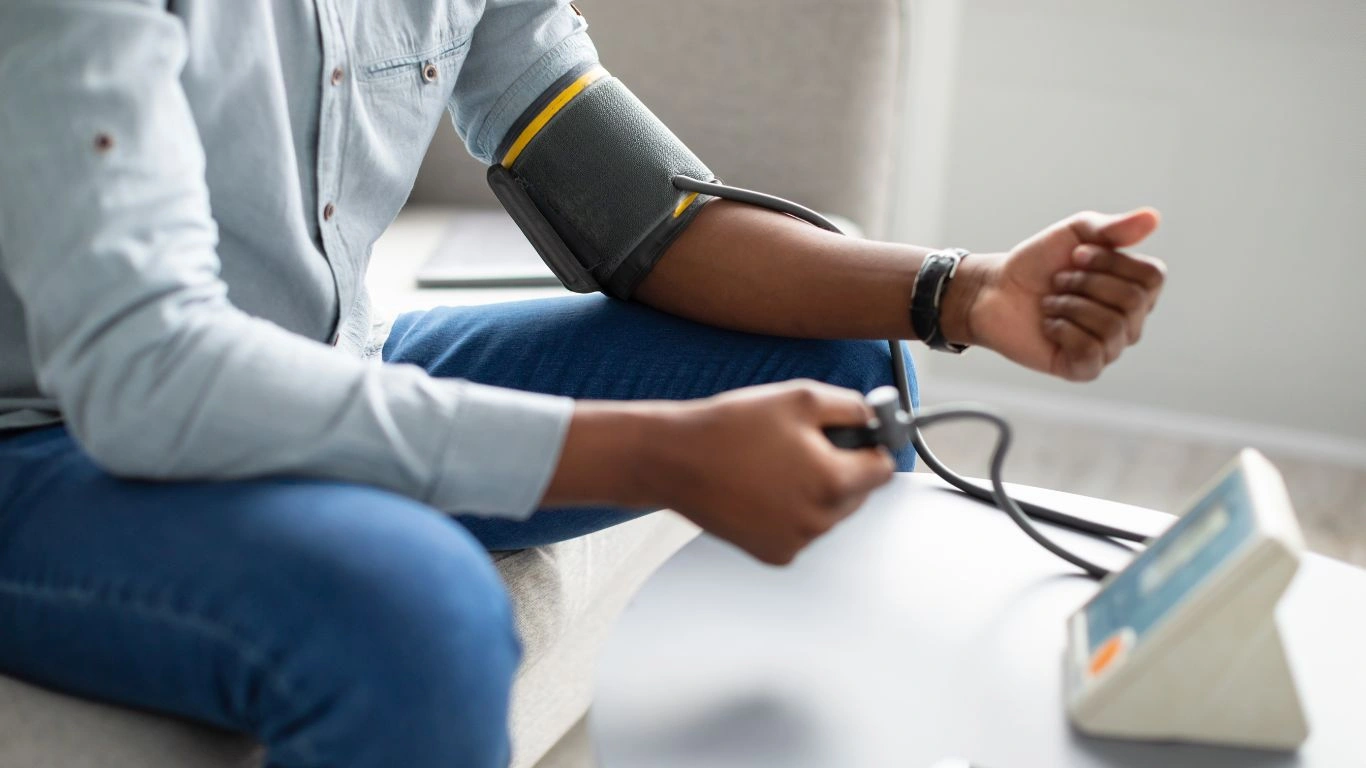
If you have access to a pool, swimming is one of the best exercises to lower blood pressure. This is a full-body workout that offers both cardiovascular benefits and muscle toning. It’s also low-impact, so it’s ideal for people with joint pain or arthritis, which I see a lot in my practice.
Why Swimming Works for Blood Pressure
- It increases heart rate while being easy on your joints.
- It improves circulation, helping blood flow more freely through the body.
- Swimming is a stress-buster, which is crucial for managing high blood pressure.
- It helps with weight loss, reducing the strain on your cardiovascular system.
Even just swimming a few times a week can make a huge difference. Whether you prefer freestyle, breaststroke, or simply treading water, you’re giving your body a great workout. One of my patients, Mike, started swimming 2-3 times a week, and within months, his blood pressure dropped significantly. His favorite part? The relaxation and mental clarity that came with it.
9. Tai Chi – The Gentle Art of Lowering Blood Pressure
If you’re looking for a low-impact, mindful activity to reduce blood pressure, Tai Chi is a fantastic option. It’s an ancient Chinese practice that combines slow, deliberate movements with deep breathing. The beauty of Tai Chi is in its ability to calm the mind while gently challenging the body.
The Science Behind Tai Chi and Blood Pressure
- It reduces stress and anxiety, two major contributors to high blood pressure.
- It improves blood flow and muscle flexibility.
- The breathing techniques can lower heart rate and reduce blood pressure.
- Studies have shown that Tai Chi can improve vascular health and heart function.
I’ve had patients who initially dismissed Tai Chi as something “too slow” or “not enough exercise,” but after giving it a shot, they’ve noticed remarkable improvements in both their physical and mental health. Plus, it’s easy to do at home and requires very little space.
10. Pilates – Core Strength Meets BP Benefits

If you’re looking for an exercise that strengthens your core while offering benefits for blood pressure, Pilates is worth considering. Pilates focuses on core stability, improving posture, and enhancing flexibility—all of which help your body function better and reduce the strain on your cardiovascular system.
Why Pilates Helps Lower Blood Pressure
- It targets your core muscles, which improves posture and reduces physical stress.
- The focus on deep breathing helps regulate the nervous system and manage stress levels.
- It promotes full-body strength and balance, contributing to overall heart health.
One of my patients, Sarah, found Pilates to be a game-changer. She had struggled with high blood pressure for years and was hesitant about starting something new. After just a few weeks of Pilates, her blood pressure dropped noticeably. She loved the focus on breathing, which helped her unwind after long workdays.
11. Stretching – The Simple yet Effective Routine
It may seem too simple to make a big impact, but stretching is actually an effective way to reduce blood pressure, especially when combined with deep breathing exercises. I always recommend incorporating stretching into your routine, especially if you’re sitting for long periods or feeling stressed out.
How Stretching Affects Blood Pressure
- It increases circulation and flexibility, helping blood flow more efficiently.
- It reduces muscle tension, which can contribute to higher blood pressure.
- Stretching before or after exercise promotes relaxation and reduces overall stress.
Even just 10 minutes of stretching can help. Focus on areas where you hold tension—shoulders, back, and neck. Simple moves like neck stretches or hamstring stretches can bring immediate relief and help your body feel more relaxed. It’s a small commitment with big rewards!
Additional Tips to Lower Blood Pressure at Home
Now that we’ve covered some fantastic exercises, let’s talk about a few additional lifestyle changes that can help lower your blood pressure. Incorporating these tips alongside exercise can further amplify the results:
- Eat a heart-healthy diet: Focus on a diet rich in fruits, vegetables, whole grains, and lean proteins. Avoid excessive sodium, processed foods, and added sugars.
- Get enough sleep: Aim for 7-9 hours of quality sleep each night. Poor sleep has been linked to higher blood pressure.
- Manage stress: Practicing mindfulness, meditation, or even journaling can help reduce stress and lower blood pressure.
- Limit alcohol and caffeine: Excessive alcohol and caffeine intake can raise blood pressure. Moderation is key.
Combining these small lifestyle adjustments with the exercises we’ve covered will go a long way in helping you maintain a healthy blood pressure.
References
For more information on hypertension management and the role of exercise, feel free to explore trusted sources such as Health US News, CDC, or NIH.
Disclaimer: The information in this article is intended for educational purposes only. It is not a substitute for professional medical advice, diagnosis, or treatment. Always consult with your healthcare provider before starting any new exercise or diet plan, especially if you have existing health conditions.

Dr. Gwenna Aazee is a board-certified Internal Medicine Physician with a special focus on hypertension management, chronic disease prevention, and patient education. With years of experience in both clinical practice and medical writing, she’s passionate about turning evidence-based medicine into accessible, actionable advice. Through her work at Healthusias.com, Dr. Aazee empowers readers to take charge of their health with confidence and clarity. Off the clock, she enjoys deep dives into nutrition research, long walks with her rescue pup, and simplifying medical jargon one article at a time.
